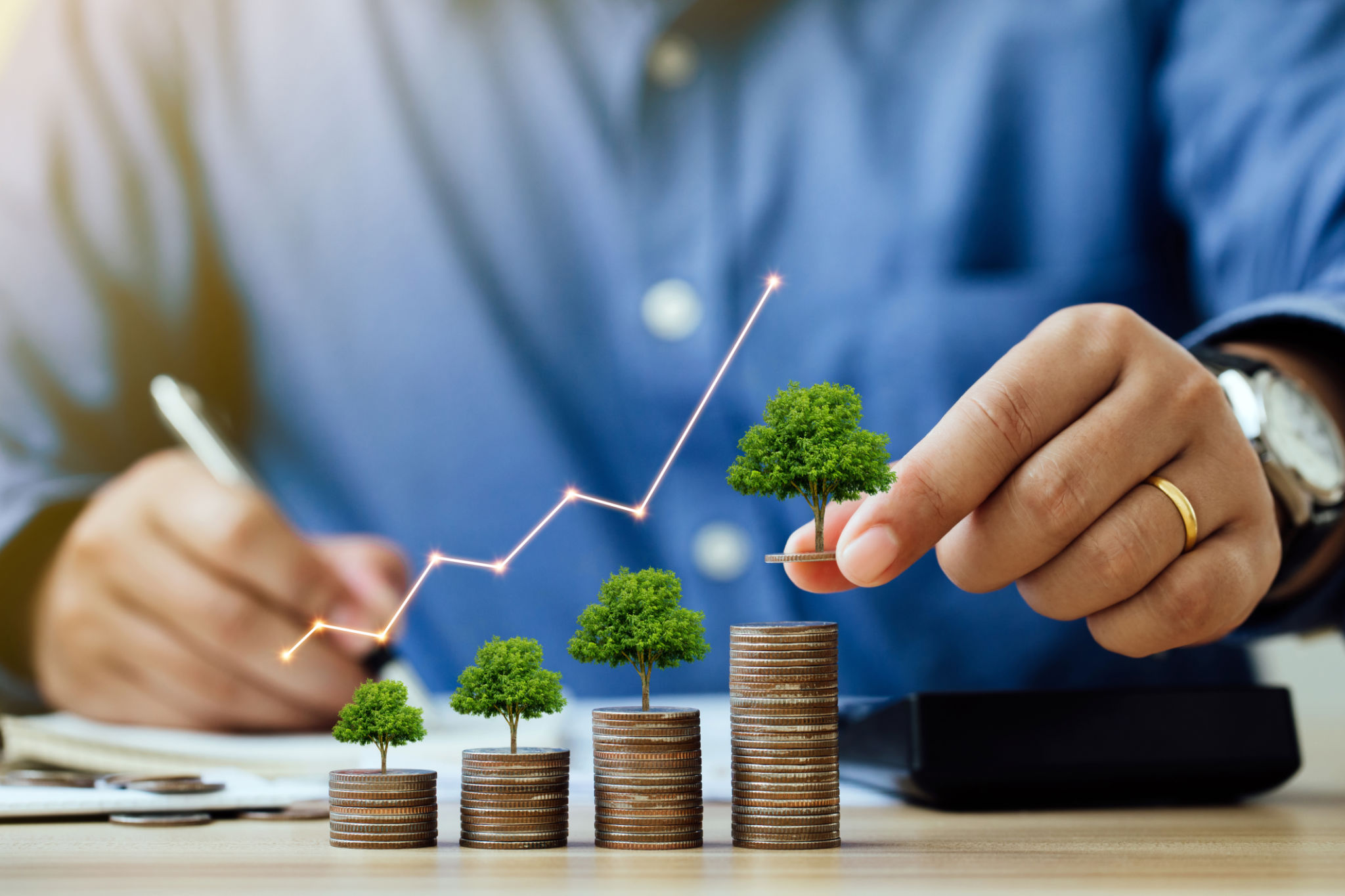Rare Metals and Carbon Credits: Future-Proofing Your Investment Portfolio
Understanding Rare Metals: The Hidden Gems of Investment
Rare metals, often overshadowed by the glitter of gold and silver, are gaining traction as valuable components of a diversified investment portfolio. These metals include tantalum, neodymium, and rhodium, which play critical roles in technology and green energy sectors. As the demand for innovative technologies increases, so does the need for these rare resources.
The appeal of rare metals lies in their unique properties and limited availability. Unlike more commonly traded precious metals, rare metals can provide investors with an opportunity to enter markets that are less influenced by traditional economic fluctuations. This potential for high returns, coupled with increasing industrial demand, makes rare metals an attractive option for forward-thinking investors.

Carbon Credits: Investing in a Sustainable Future
Carbon credits are another innovative way to future-proof your investment portfolio. With global efforts to combat climate change intensifying, carbon credits offer a method for reducing carbon footprints by allowing companies to offset their emissions. By investing in carbon credits, individuals can contribute to environmental sustainability while also tapping into a market with significant growth potential.
The value of carbon credits is expected to rise as more stringent regulations on emissions come into force. This makes carbon credits not only a socially responsible investment choice but also a potentially lucrative one. As governments and industries alike strive for net-zero emissions, the demand for these credits is poised to skyrocket.

Combining Rare Metals and Carbon Credits in Your Portfolio
Integrating rare metals and carbon credits into your investment strategy can offer a balanced approach to risk and reward. While rare metals provide a hedge against market volatility, carbon credits offer a way to invest in the future of sustainable practices. Together, they can create a diversified portfolio that aligns with both financial goals and ethical values.
Investors should consider the following when incorporating these assets:
- Diversification: Balance your investments across different sectors to mitigate risks.
- Research: Stay informed about industry trends and regulatory changes impacting these markets.
- Consultation: Seek advice from financial experts specializing in alternative investments.
Challenges and Opportunities in the Market
Despite their potential, investing in rare metals and carbon credits isn't without challenges. The markets for these assets can be complex and require a deep understanding of global economic trends and environmental policies. However, these challenges also present opportunities for those willing to invest the time and effort needed to navigate them successfully.

The key to success is staying informed and adaptable. As the world moves towards more sustainable practices, investors who position themselves at the forefront of these changes stand to benefit significantly. By understanding both the potential and the pitfalls, you can make informed decisions that align with your long-term investment goals.
The Future Outlook
The future of investing is being shaped by evolving technologies and environmental concerns. Rare metals and carbon credits represent two distinct avenues where savvy investors can capitalize on these trends. As industries innovate and adapt to new realities, these assets will likely become even more integral to a comprehensive investment strategy.
By embracing these emerging markets today, you not only secure a place in the future of investing but also contribute to a more sustainable world. Whether you are driven by financial gain or environmental impact—or both—rare metals and carbon credits offer a compelling case for diversifying your investment portfolio.
